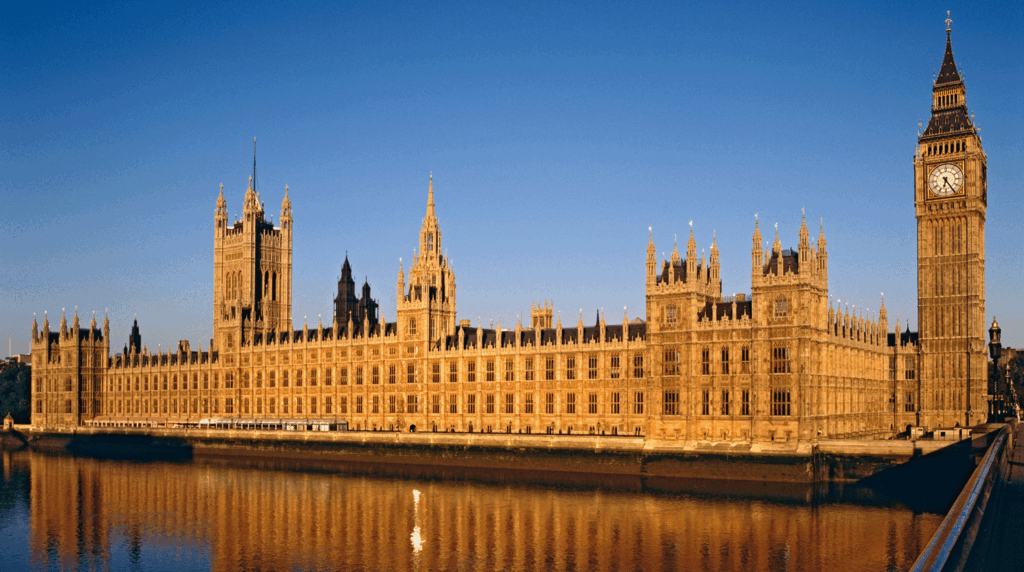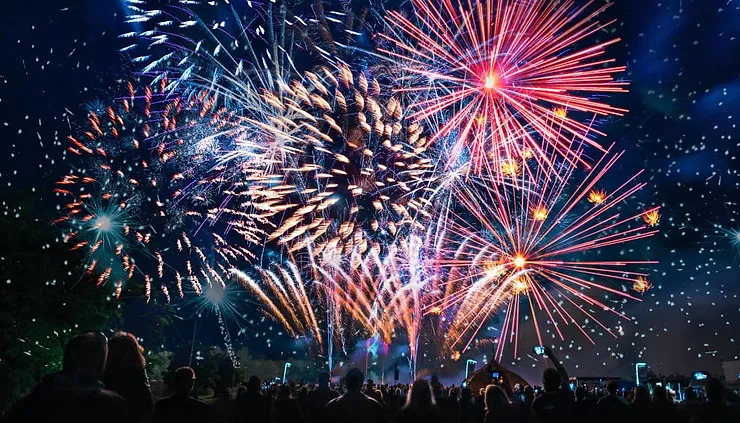Remember, remember the Fifth of November,
The Gunpowder Treason and Plot,
I know of no reason
Why the Gunpowder Treason
Should ever be forgot!
The 5th November, or Bonfire Night, is widely known for its fantastic firework displays. Although you may associate the occasion with fireworks and sparklers, you may not know the reason why thousands of people across the country set them off each year. Keep on reading to find out!

In 1605 (four hundred years ago!) a man named Guy Fawkes, alongside twelve other conspirators, orchestrated the now infamous Gunpowder Plot. The failed assassination attempt consisted of a plan to blow up the Houses of Parliament in London using barrels of gunpowder. The plotters wanted to kill King James and other government leaders due to religious differences. Despite there being numerous men involved in the plot, it was Guy Fawkes who became infamous as he was the one found red-handed with 36 barrels of gunpowder – enough to have destroyed not only the Houses of Parliament, but also Westminster Abbey and many other nearby buildings.

It is for this reason that Bonfire Night is a celebration, as if it wasn’t for the government receiving an anonymous letter with information about the plot, many lives would have needlessly been lost; including the King’s! Have you ever wondered what the dummy-like figure sat on top of the burning bonfire is meant to represent? You guessed it! It is supposed to be ‘Guy’, who in real life did face consequences as he and the rest of the perpetrators were executed.
FUN FACTS!
1. Guy Fawkes was born and raised right here in York. He was born in Stonegate and remained in York until he joined the military and fought against the Dutch in Spain.
2. Up until 1959, there was an Act implemented by the Government which meant that it was mandatory to celebrate Bonfire Night. The only exception to this rule was St Peter’s School in York, as this was where Guy Fawkes attended school and so they refused to take part in the annual event as a sign of respect.
3. During World War 1 and World War 2, bonfires and fireworks were banned so as not to reveal hiding places and locations. However, people still wanted to celebrate and so did so indoors.
4. In an ironic twist, the original cellar and Houses of Parliament where the gunpowder was stored was later destroyed in an accidental fire in 1834.
5. The Houses of Parliament are still searched once a year, in November, to check that there isn’t anything there that shouldn’t be!
If you are heading to a Bonfire Night event this year, we hope you enjoy the display that much more now that you know a bit more about the history behind the celebration!





